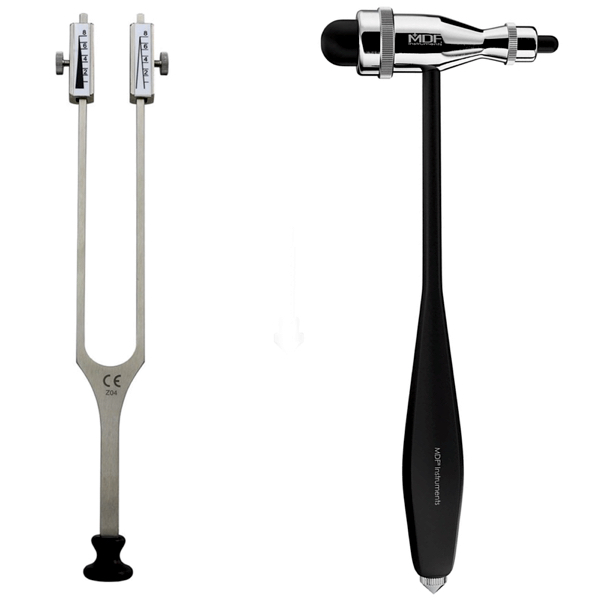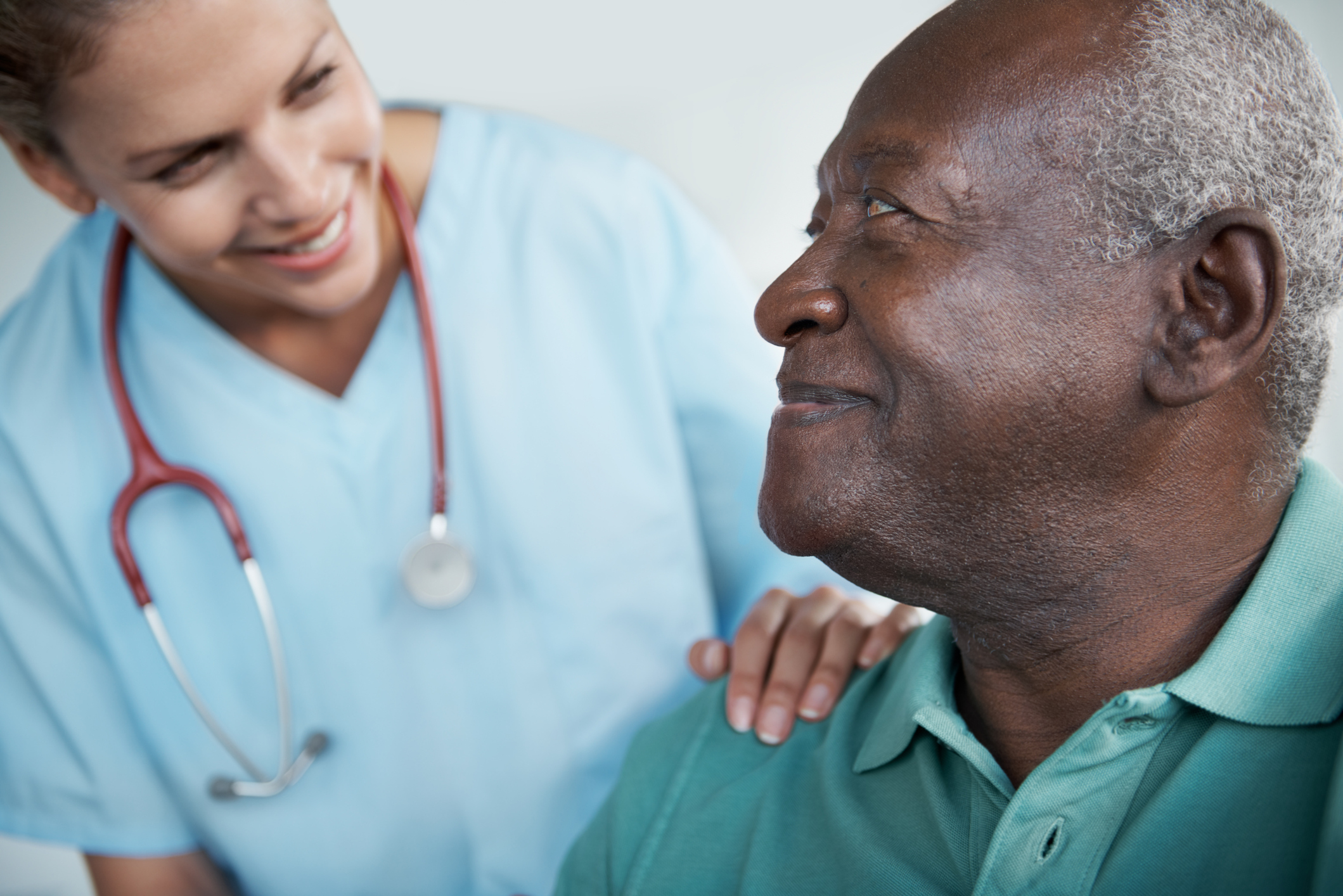SPASTICITY is a condition in which muscles stiffen or tighten, preventing normal fluid movement. The muscles remain contracted and resist being stretched, thus affecting movement, speech and gait.
CAUSES
Spasticity is generally caused by damage or disruption to the area of the brain and spinal cord that are responsible for controlling muscle and stretch reflexes. These disruptions can be due to an imbalance in the inhibitory and excitatory signals sent to the muscles, causing them to lock in place. Spasticity can be harmful to growing children as it can affect muscles and joints. People with brain injury, spinal cord injury, cerebral palsy or multiple sclerosis can have varying degrees of spasticity.
SYMPTOMS
Symptoms of spasticity can vary from being mild stiffness or tightening of muscles to painful and uncontrollable spasms. Pain or tightness in joints is also common in spasticity.
- Muscle stiffness, causing movements to be less precise and making certain tasks difficult to perform
- Muscle spasms, causing uncontrollable and often painful muscle contractions
- Involuntary crossing of the legs
- Muscle and joint deformities
- Muscle fatigue
- Inhibition of longitudinal muscle growth
- Inhibition of protein synthesis in muscle cells Complications
- Urinary tract infections (UTI)
- Chronic constipation
- Fever or other systemic illnesses
- Pressure sores
- Frozen joints
WHEN & HOW TO SEEK MEDICAL CARE
It is important to seek medical care when spasticity is experienced for the first time with no known cause, the spasticity is worsening and becoming more frequent, pain is experienced due to stiff joints and muscles or the condition is preventing performance of everyday tasks. Prolonged and untreated spasticity can lead to frozen joints and/or pressure sores on the skin, which are very painful. Begin by contacting your primary care doctor, who may refer you for further testing or physical therapy.
TESTING & DIAGNOSIS
Due to the varying degrees of spasticity, diagnosis may not be so simple. A physical examination with neurological testing will be done to test for spasticity and the severity of it. Imaging such as magnetic resonance imaging (MRI) can provide more information on the source of spasticity and the extent of the damage that has caused it.
TREATMENT
Fortunately, there are several treatment options for spasticity and patients usually undergo more than one treatment at a time. The following treatments have been shown to effectively alleviate symptoms and improve quality of daily life.
NON-SURGICAL
- Physical therapy: stretching and strengthening exercises focusing on large muscle groups to improve range of motion and mobility.
- Occupational therapy: exercises that focus on small muscle groups to improve strength and coordination allowing for improved performance of daily tasks. Speech therapy can also be done by patients whose spasticity has affected their speech.
- Casting or bracing: prevents involuntary spasms and reduces tightening of the muscles.
- Oral Medications: oral medications are used in combination with other therapies or medications, such as physical or occupational therapy. Oral medications are only used if symptoms interfere with daily functioning or sleep. Common medications include:
- Baclofen
- Benzodiazepines
- Dantrolene sodium
- Imidazolines
- Gabapentin
- Botulinum Toxin (Botox) Injections: Botox injections can be used to paralyze the spastic muscle preventing it from contracting. In small amounts, Botox is injected into carefully selected sites determined based on the pattern of spasticity. Botox injections can last up to 12-16 weeks, but, due to the plasticity of the nervous system, new nerve endings will form and the muscle will no longer be inhibited by the Botox.
- Additionally, while Botox injections can be very helpful, they are not a cure and often requires additional treatment to maintain their benefit.
SURGERY
- Intrathecal Baclofen (ITB) Pump: A pump can be surgically placed in a patient’s abdomen and will release a steady dose of baclofen directly to the spinal fluid. This allows for a significant reduction in spasticity and pain with fewer side effects compared to taking baclofen orally. ITB pump therapy should only be considered in extreme cases of spasticity and has been found to be most effective in treating spasticity in the lower and upper extremities.
- Selective Dorsal Rhizotomy (SDR): Spasticity can be caused by an imbalance in electrical signals to antagonist muscles. SDR rebalances the electrical signals sent to the spinal cord by cutting selective nerve roots. This is only done in severe spasticity of the legs. With proper and precise indication of the problematic nerve roots, cutting these roots will decrease muscle stiffness, while maintaining other functions. SDR is most commonly used in patients with cerebral palsy.
Resources:
https://www.botoxmedical.com/FocalSpasticity
https://www.aans.org/Patients/Neurosurgical-Conditions-and-Treatments/Spasticity
Migraine
A migraine is a type of headache. It may occur with symptoms such as nausea, vomiting, or sensitivity to light and sound. In many people, a throbbing pain is felt only on one side of the head.
Focal Spasticity
Spasticity is a condition in which muscles stiffen or tighten, preventing normal fluid movement. The muscles remain contracted and resist being stretched, thus affecting movement, speech and gait.
Cervical Dystonia
Cervical dystonia is a rare neurological disorder that originates in the brain. It is the most common form of focal dystonia in an office setting. Cervical dystonia is characterized by involuntary muscle contractions in the neck that cause abnormal movements and postures of the neck and head.
Sialorrhea
Sialorrhea, more commonly known as drooling, is the medical term for an excess spillage of saliva from the mouth. It is a common symptom in certain neurodegenerative diseases, such as Parkinson’s disease (PD).




